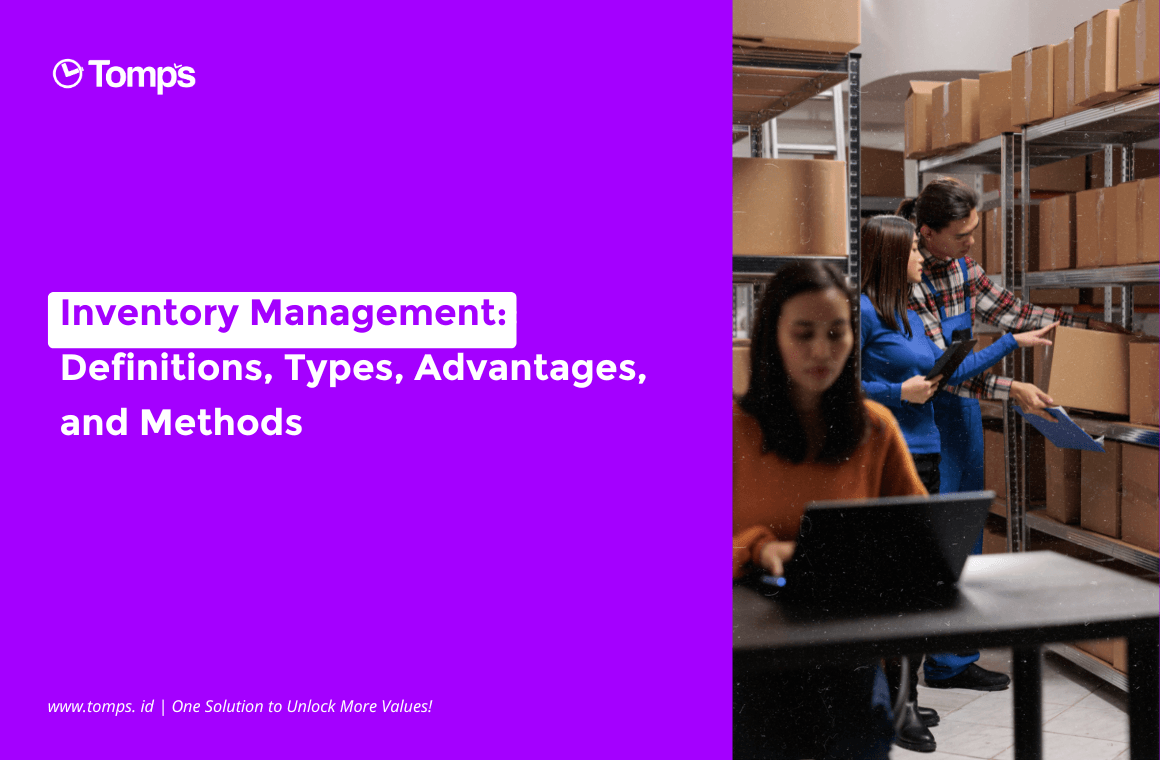According to a PMI survey of 3,234 project management practitioners worldwide, it is known that 80% of them have a PMO role in their organization.
PMO, a term you may often hear when talking about project management. PMO itself stands for Project Management Office. The PMO is a team or department within an organization that is responsible for the central management of all developed projects. When it comes to specific duties and responsibilities, the answer varies depending on the policies of the organization itself.
From the PMI survey above, it can be said that 8 out of 10 companies in the world have a PMO role. That is, this role is an integral part of the success and health of an organization and its projects. To discuss it more deeply, here’s a review that Tomps.id has summarized starting from the definition of PMO, responsibility, to the three types below!
What is PMO?
In A Guide to the Project Management Body of Knowledge (PMBOK® Guide) – Fifth Edition, the Project Management Office (PMO) is defined as an organizational structure that standardizes the project-related governance processes and facilitates the sharing of resources, methodologies, tools, and techniques.The PMO’s responsibilities can range from providing project management support functions to direct management of one or more projects. Generally, PMO is also often referred to as Project Management Unit (PMU), Project Management Team (PMT), to Project Management Company/Contractor (PMC) if it is carried out by an external organization.
This role is basically to provide the needed support for one or more projects. The role of PMO can be found in specific departments that are aimed at achieving project objectives. PMO can also be formed as a separate entity from the organization, although not at the executive level. PMO will no longer play a role after the project it supports ends. However, it should be noted that members and their infrastructure can join forces to serve other projects as co-PMOs. This is in line with what PMI’s Vice President of PMI Practitioner Career Development Division, Brian Weiss, said, according to the CIO. Weiss said PMOs are finally in place to help organizations provide value to their stakeholders for ongoing projects and programs.
Roles and Responsibility of PMO
According to the PMBOK® Guide Fifth Edition, the main function of the PMO is to support the work of the project manager in various ways such as:
1. Make recommendations
2. Lead knowledge transfer
3. Terminate projects
4. Take other actions, as required
5. Managing shared resources across all projects administered by the PMO
6. Identifying and developing project management methodology, best practices, and standards
7. Coaching, mentoring, training, and oversight
8. Monitoring compliance with project management standards, policies, procedures, and templates by means of project audits
9. Developing and managing project policies, procedures, templates, and other shared documentation (organizational process assets)
10. Coordinating communication across projects, and many more.
According to CIO, Michael Fritsch, Vice President of PMO Confoe said that a good PMO can do the following:
1. Provides tangible, repeatable, long-term benefits to the business
2. Aligns with corporate strategy and culture
3. Agile enough to adapt as strategy shifts
4. Key enabler for the high-performing organization
5. Integrates data and information from corporate strategic projects/supports the balanced scorecard
6. Enables sharing of resources, methodologies, tools, and techniques for project success across the enterprise
7. Identifies and develops project management methodology, best practices, and standards
8. Coaches, mentors, trains and provides oversight for project managers and staff
3 Types Of PMO
There are several types of PMOs in organizations. Each type also varies in the level of control and influence on projects within the organization, such as:
1. Supportive
Supportive PMOs provide a consultative role to projects by supplying templates, best practices, training, access to information, and lessons learned from other projects. This type of PMO serves as a project repository. The degree of control provided by the PMO is low.
2. Controlling
Controlling PMOs provide support and require compliance through various means. The degree of control provided by the PMO is moderate. Compliance may involve:
-Adoption of project management frameworks or methodologies
-Use of specific templates, forms, and tools
-Conformance to governance frameworks
3. Directive
Directive PMOs take control of the projects by directly managing the projects. Project managers are assigned by and report to the PMO. The degree of control provided by the PMO is high.
PMO is the natural link between an organization’s portfolio, programs, projects, and the organization’s measurement system (balanced scorecard). Therefore, it is not surprising that 8 out of 10 organizations in the world have adopted this one role to support the smooth running of their business. How about your organization?
Read other interesting and latest information about project management here with Tomps, your project management solution!







